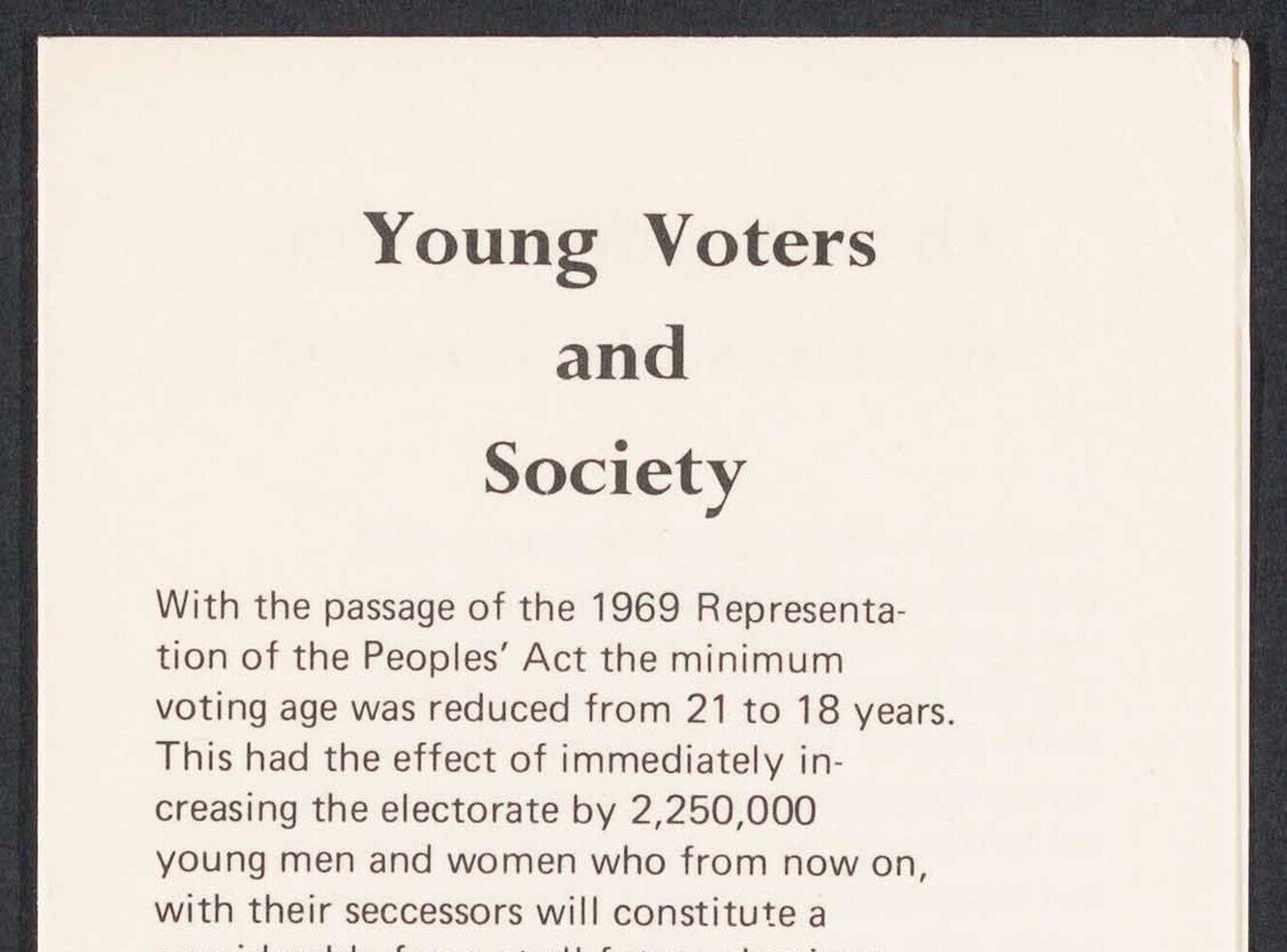Selling Romance: Valentine's Day and the American Store
Yesterday was Valentine’s Day, and I am sure that you have noticed shops, restaurants and supermarkets advertising anything and everything heart-shaped to celebrate the day. Perhaps you bought or received something yourself. Of course, the day of St. Valentine is a romantic occasion and many people use it as an opportunity to show their loved ones just how much they mean to them. On a more cynical note, it also allows businesses to cash in.
This week I delved into Trade Catalogues and the American Home, to explore how the concept of Valentine’s Day was sold to consumers in America over one hundred years ago. A simple search for ‘Valentine’ brought me to an issue of ‘The Jeweler’s Circular’ which was published on the 6th February 1918. It includes an article instructing shopkeepers on how to appropriately design the window of their jewellery store ahead of Valentine’s Day. Unsurprisingly the theme of the window is hearts, love and romance.

As you can see, the centrepiece for the window spells out the word Valentine, with an appropriate gift aligning to each letter of the word. This suggested display is revealing of what was popular in America in 1918, and shows that earrings, neck chains and art calendars were sought after gifts – while neck chains and calendars may have gone out of style, a gift of earrings remains popular today.

The description reads “on each ‘paper heart’ place some gift dear to the feminine heart, leaving an empty space between." I like to think that advertising campaigns in 2019 are far more inclusive, as this shop window clearly targets the male buyer giving a gift to a female recipient. Targeting the pockets of men is made ever-more clear by the clock labelled ‘she loves me’, ‘she loves me not’. This ingenious advertising was aimed at men checking the correct time against their own pocket watch, to draw them to the display and compel them to buy their loved one, one of the gifts listed above. Over one hundred years later, target markets may have broadened, but the consumerism linked with this romantic occasion, remains the same.
This resource contains trade catalogues, as well as advertisements, trade cards, visual material and ephemera which offer a fantastic insight into domestic life, leisure and the material culture of America in the nineteenth and twentieth century. Valentine’s Day provided a perfect opportunity to explore all of these themes. It seems that consumerism has been attached to Valentine’s Day for over a century and will probably continue for another …
For more information on Trade Catalogues and the American Home, please visit https://www.amdigital.co.uk/themes/product/trade-catalogues-and-the-american-home
For information regarding free trial access and price enquiries, please email us at info@amdigital.co.uk
Recent posts

The blog highlights American Committee on Africa, module II's rich documentation of anti-apartheid activism, focusing on the National Peace Accord, global solidarity, and student-led divestment campaigns. It explores the pivotal role of universities, protests, and public education in pressuring institutions to divest from apartheid, shaping global attitudes toward social justice and reform.

This blog examines how primary sources can be used to trace the impact of young voices on society, particularly during pivotal voting reforms in the UK and the US. Explore materials that reveal insights into youth activism, intergenerational gaps, and societal perceptions, highlighting their interdisciplinary value for studying youth culture, activism, and girlhood across history.
